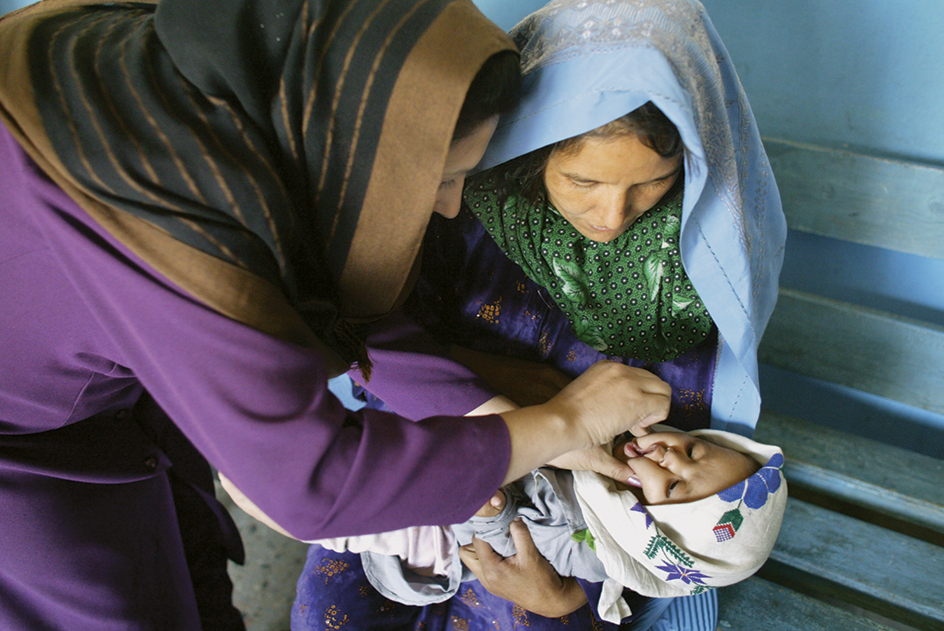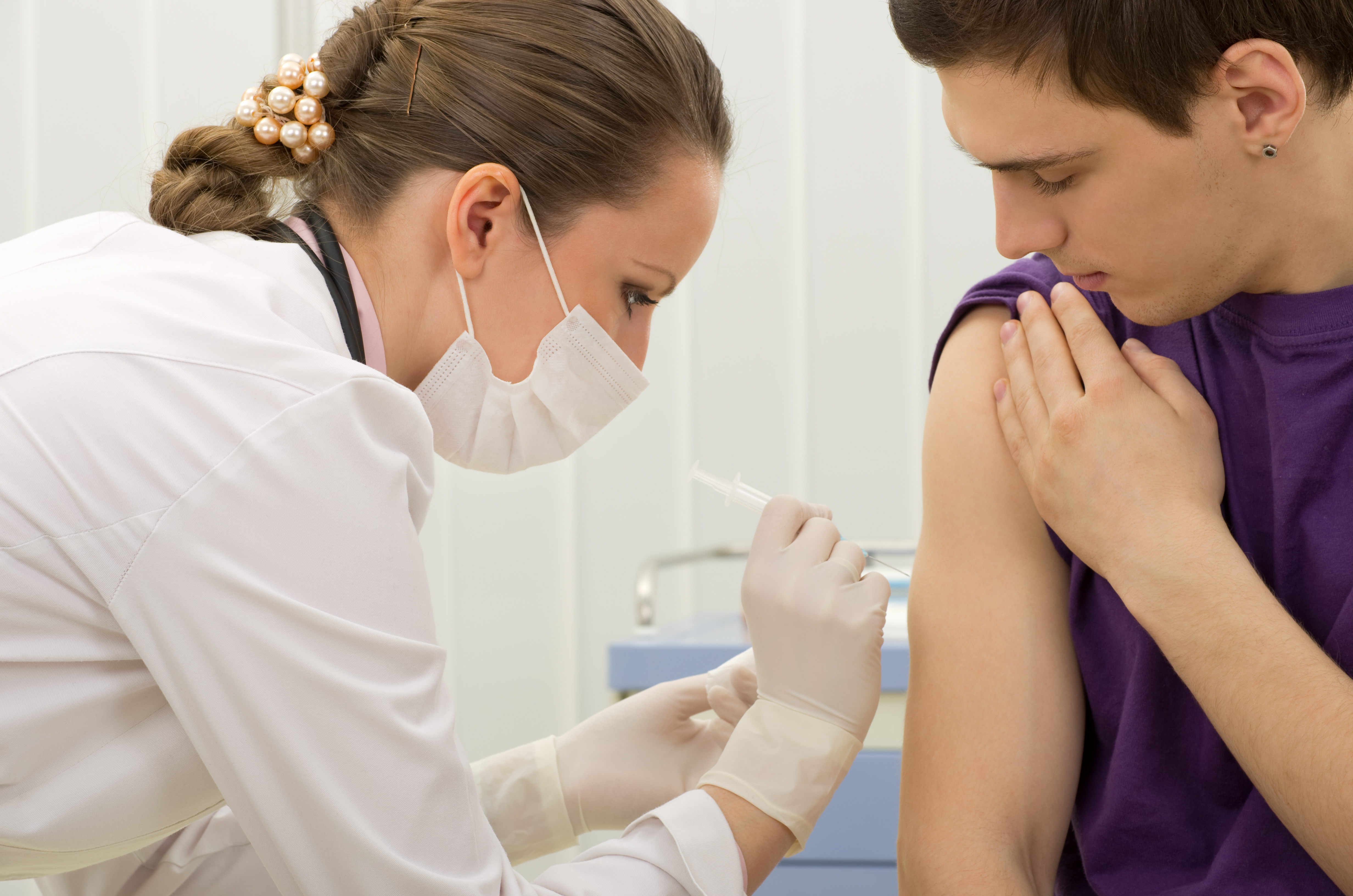Immunization is the process of protecting the body against disease by means of vaccines or serums. Vaccines provide immunity by causing the body to manufacture disease-fighting substances called antibodies. Serums furnish immunity by adding antibodies directly to the blood. There are two types of immunization. Active immunization involves the use of vaccines, and passive immunization uses serums.
Active immunization
is another term for vaccination. A vaccine contains substances that stimulate the body’s immune system to produce antibodies against a particular infectious disease. These antibodies protect the person if he or she is exposed to the actual disease-causing organism.
Vaccines contain substances that are powerful enough to trigger antibody production but that do not actually cause disease. Many vaccines consist of disease-causing bacteria or viruses that have been killed. Others consist of the live germs, but in a weakened form that does not cause the disease. Vaccines known as toxoids are made from poisons produced by disease-causing organisms. These poisons are chemically treated so that they provide immunity without causing disease. Still other vaccines are made from parts of disease-causing organisms. Another group consists of live organisms that resemble disease-causing ones.
Vaccines have been developed against many diseases, including chickenpox, diphtheria, influenza, measles, meningitis, mumps, pneumococcal pneumonia, poliomyelitis, rabies, rubella (German measles), tetanus, whooping cough, and yellow fever. Most vaccines are injected into the body. Sabin polio vaccine is taken orally.

A single dose of some vaccines provides lifelong protection against infection. Other vaccines require several doses to produce immunity and then must be reinforced at regular intervals with booster doses. Toxoids for diphtheria and tetanus are generally combined with whooping cough vaccine. Protection against measles, mumps, and rubella also may be provided in one vaccine. Most vaccines begin to provide immunity about two weeks after they are administered.
In the United States, most physicians recommend that children be vaccinated against 11 diseases—chickenpox, diphtheria, human papillomavirus (for girls), measles, meningitis caused by the bacterium Haemophilus influenzae type b, mumps, polio, rubella, tetanus, whooping cough, and hepatitis (types A and B). Influenza vaccine is given routinely to many children, young adults, and sick and elderly people.
Other vaccines, such as those for cholera and yellow fever, are given only to persons who plan to travel to places where the disease is widespread. Vaccines for some rare diseases are given only to those who may be exposed to them.
Vaccines are safe and dependable, but they are not perfect. For example, up to 10 percent of all the people who are vaccinated against a particular disease may not be protected. In addition, vaccines occasionally produce harmful reactions in people. Sabin polio vaccine, for instance, may cause paralysis. This reaction occurs on an average of about 1 in every 2.7 million people who are immunized.
Passive immunization
involves the injection of serum into the body. A serum contains antibodies that have been formed in another person or an animal. It provides almost immediate protection from infection. But this immunity lasts only a few months because the antibodies gradually disappear.
Physicians give serums to people who already have been exposed to such diseases as hepatitis, measles, rabies, and tetanus. Vaccines may work too slowly to help these patients. Doctors also use serums to protect people against diseases for which vaccines have not been developed.
Immunization and public health.
Edward Jenner, a British physician, introduced vaccination in 1796 as a preventive measure against smallpox. By the late 1970’s, smallpox vaccination had wiped out the dread disease.

In the United States, disease has been greatly reduced by the recommended childhood immunizations. In 1952, for example, more than 21,000 cases of paralytic polio were reported in the United States. By the end of the 1900’s, fewer than 10 cases per year were reported. More than 95 percent of children in the United States receive all the recommended immunizations by the time they enter school.
